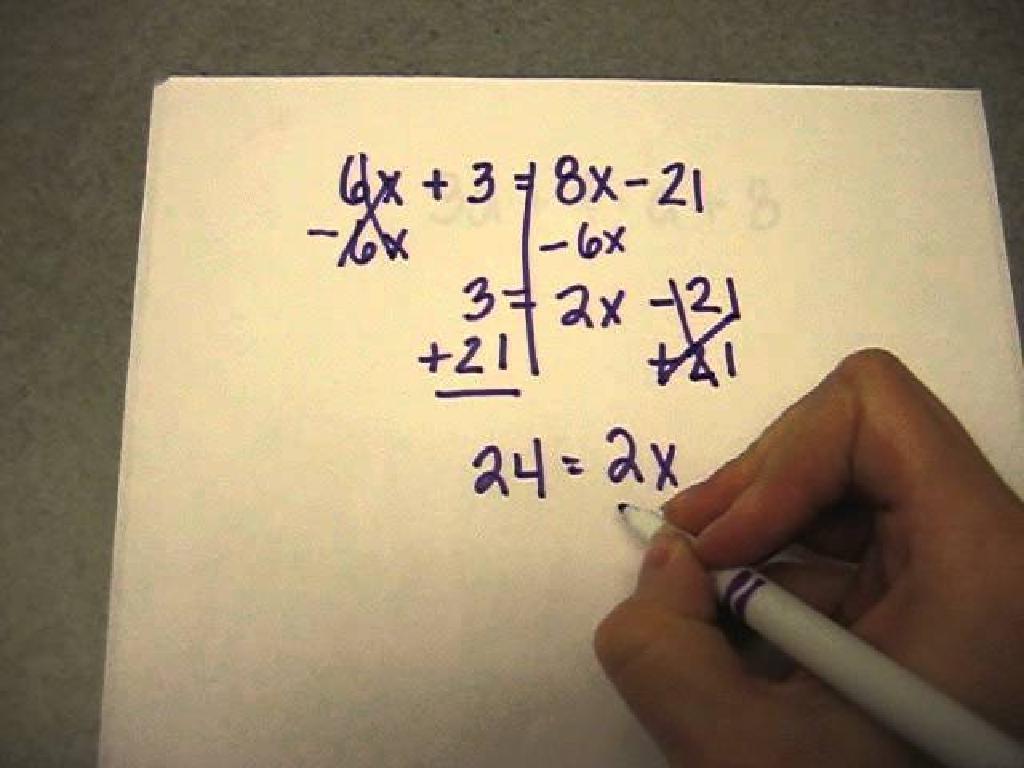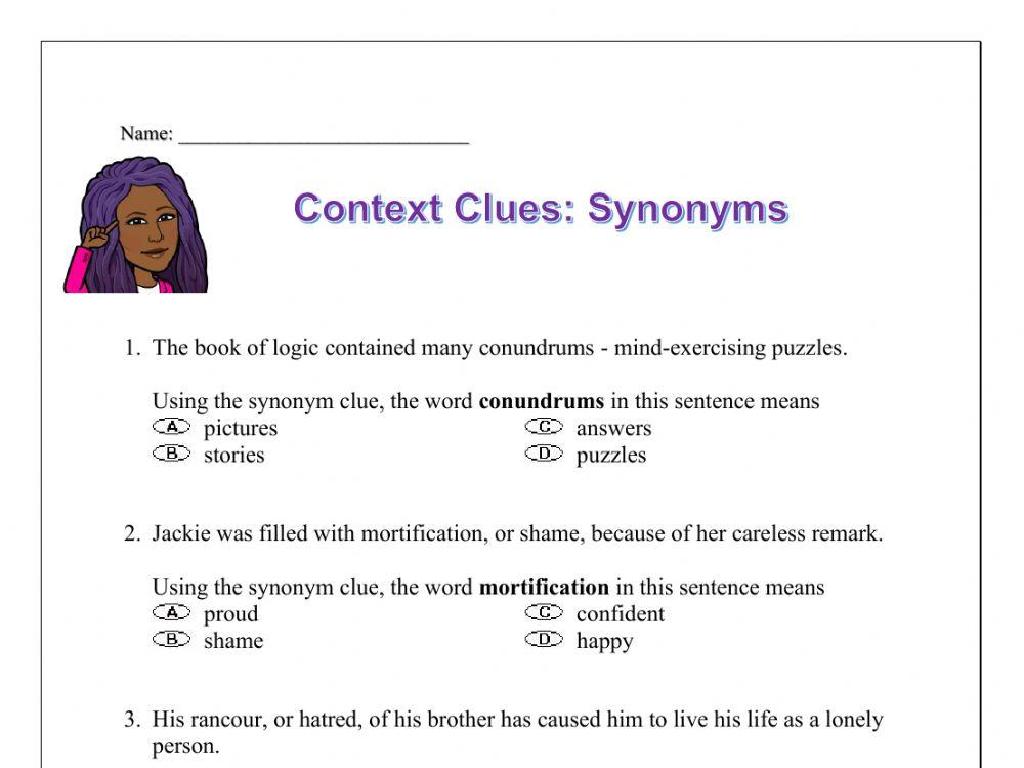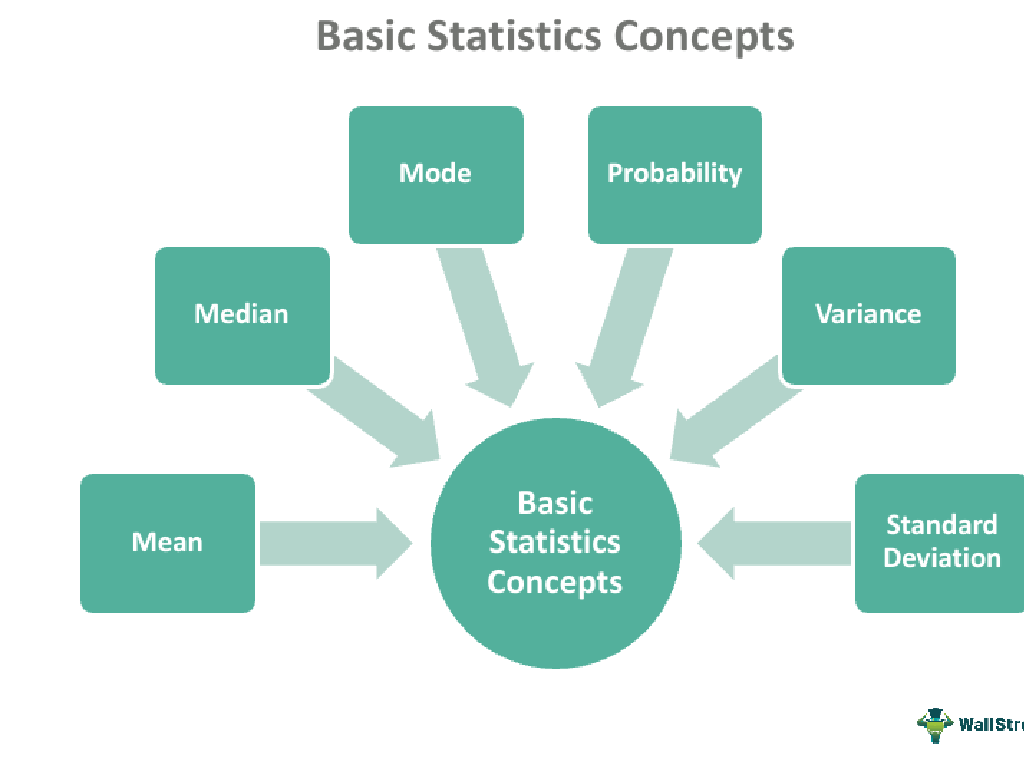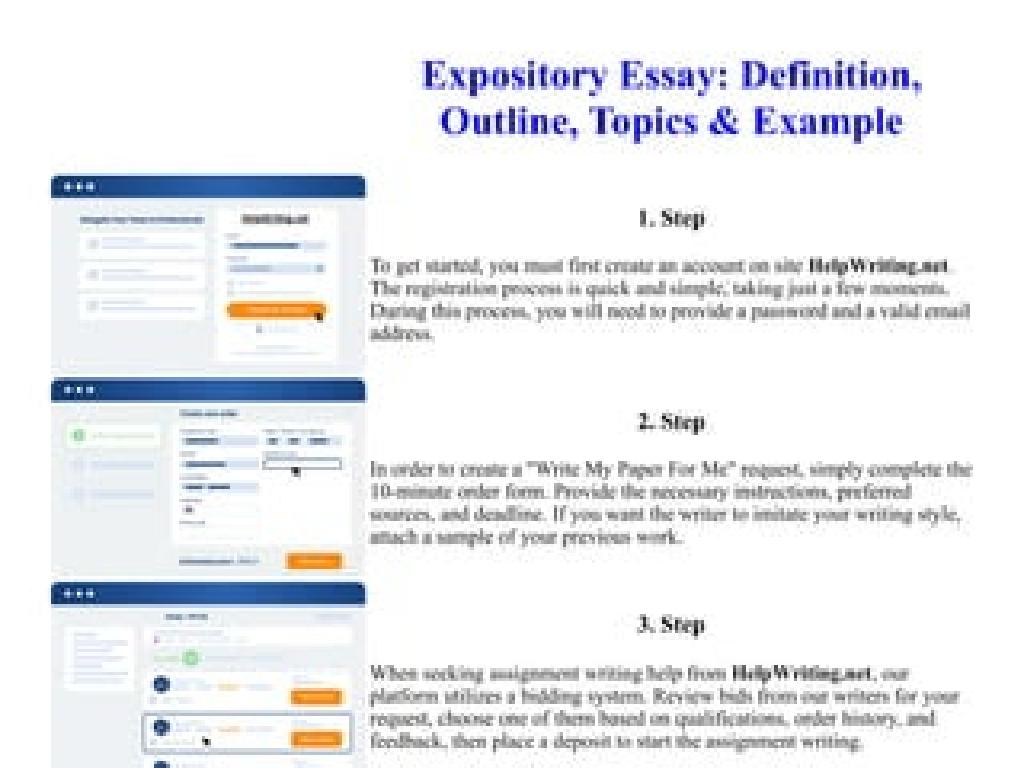Match The Quotations With Their Themes
Subject: Language arts
Grade: Sixth grade
Topic: Theme
Please LOG IN to download the presentation. Access is available to registered users only.
View More Content
Exploring Themes in Literature
– Define ‘Theme’ in stories
– Theme is the central idea or message in a story.
– Uncover underlying messages
– Look for lessons or morals the story conveys.
– Common themes in literature
– Friendship, courage, love, good vs. evil are some examples.
– Analyzing themes through quotes
– Match quotes to themes to understand the author’s message.
|
This slide introduces the concept of ‘Theme’ in literature, which is a foundational element in the study of Language Arts. A theme is the central, underlying, and often universal idea of a story that goes beyond the plot. It’s the message or lesson that the author wants to convey to the reader. Common themes include friendship, courage, love, and the battle between good and evil. To help students grasp this concept, provide examples of themes and corresponding quotes from well-known literature. Encourage students to think critically about what messages are being shared through stories they read. In the next class, students will practice matching quotes to their respective themes to deepen their understanding of this literary element.
Discovering Themes in Literature
– Identifying story themes
– Understand the central message or lesson
– Clues in plot, characters, setting
– Analyze how the story elements suggest themes
– Themes are often implied
– Learn to infer meaning beyond the text
– Practice with quotations
|
When teaching students to identify themes, emphasize that a theme is the underlying message or lesson that the author wants to convey. It’s not just a single word but a statement about life or human nature. Encourage students to look for themes by examining the plot’s progression, the struggles characters face, and the significance of the setting. Explain that authors might not always state the theme directly; instead, they weave it into the story, requiring readers to infer. To practice, use quotations from texts and ask students to match them with their corresponding themes, reinforcing the skill of drawing conclusions based on textual evidence.
Connecting Quotes to Themes
– Quotes reflect story themes
– A theme is the central message of a story, and quotes can highlight these key ideas.
– Analyze quote-theme relationships
– Look at the quote’s context in the story and how it relates to the larger message or lesson.
– Examples of quotes and themes
– ‘Courage is not the absence of fear’ relates to themes of bravery and perseverance.
– Practice with literary excerpts
– We’ll look at excerpts from books and discuss how specific quotes underscore the theme.
|
This slide introduces the concept of themes in literature and how direct quotations from the text can support and reflect these themes. Students will learn to analyze the connection between a quote and the story’s theme, enhancing their comprehension and critical thinking skills. Provide clear examples of how quotes can encapsulate the theme, such as linking a famous quote about courage to a story’s overarching message about bravery. Encourage students to practice this skill by identifying quotes in literary excerpts and explaining how they relate to the theme. This activity will prepare them for deeper literary analysis and discussion.
Matching Quotes with Themes
– Practice matching quotes to themes
– Read quotes from various stories
– Discuss themes with your neighbor
– What’s the underlying message or idea?
– Share your thoughts with the class
– Explain your reasoning for each match
|
This slide introduces a class activity focused on understanding themes through quotes from literature. Students will practice the skill of identifying themes by matching them with relevant quotations. The activity encourages collaborative learning by having students discuss their thoughts with classmates. As a teacher, facilitate the activity by providing a diverse set of quotes and guiding students to consider the broader message or idea that each quote represents. After discussion, allow students to share their interpretations with the class, fostering a deeper understanding of how themes are conveyed in literature. Provide feedback and additional examples to clarify any misconceptions.
Group Activity: Matching Quotes with Themes
– Break into small groups
– Receive quotes and themes
– Each group gets a unique set of quotes and themes
– Match quotes to themes
– Think about the main message of the quote and choose the best theme
– Discuss matches as a class
|
This activity is designed to enhance students’ understanding of themes by matching them with relevant quotations. Divide the class into small groups to encourage collaboration. Provide each group with a different set of quotes and possible themes to ensure a wide range of discussions. Students should use context clues and their understanding of the text to match each quote to one of the themes provided. After the activity, regroup and discuss the matches as a class to reinforce the concept of theme and how it can be depicted through quotes. Possible themes could include friendship, courage, the importance of family, the struggle against adversity, etc. This will also help in developing critical thinking and analytical skills.
Class Discussion: Matching Quotes to Themes
– Share your group’s matches
– Justify your theme choices
– Explain the reasoning behind each match
– Class votes on explanations
– Everyone gets to vote on the group with the most convincing matches
– Reflect on the activity
– Think about what we learned from this exercise
|
This slide sets the stage for an interactive class discussion where students will engage in sharing and explaining the connections they’ve made between quotations and themes. Each group will present their matches and provide justifications for their choices, allowing for critical thinking and analysis to be demonstrated. Following the presentations, the class will vote on which group provided the best explanations, fostering a sense of community and collaborative learning. The teacher should facilitate the discussion, ensure that each group gets a chance to present, and guide the voting process. After the activity, encourage students to reflect on the different interpretations and how context can influence the understanding of a theme.
Reflection on Understanding Theme
– Importance of theme comprehension
Understanding theme gives deeper insight into the text’s message.
– Themes enhance reading skills
Identifying themes helps us grasp the bigger picture and infer meanings.
– Reflect on today’s matching activity
Think about how the activity helped you connect quotations with themes.
– How themes relate to our lives
Themes can reflect real-life experiences and moral lessons.
|
This slide aims to encourage students to reflect on the importance of understanding the theme in literature. Theme comprehension allows students to look beyond the surface of the text and understand the underlying message or moral the author is trying to convey. By identifying themes, students can improve their inferential reading skills, which are crucial for higher-level comprehension and critical thinking. Encourage students to share their personal experiences from today’s activity, discussing how matching quotations with themes helped them see the connection between literature and real-life scenarios. This reflection will help solidify their understanding of the concept of theme and its relevance to their reading and everyday lives.
Homework: Connecting Quotes to Themes
– Find a thematic quote in your book
– Determine the theme it represents
– Themes like courage, friendship, or loyalty
– Write down your thoughts
– Explain why you think the quote fits the theme
– Get ready to share in class
|
This homework assignment is designed to help students practice identifying themes within literature by examining quotes from their current reading material. Encourage them to think critically about how a particular quote reflects a larger idea or message in the book. They should consider themes such as courage, friendship, or loyalty, and be prepared to explain their reasoning behind the theme they’ve connected to their chosen quote. In the next class, students will share their quotes and themes, fostering a discussion that will enhance their understanding of literary themes and how they are represented through the words of characters or narrators.
Class Activity: Theme Charades
– Engage in Theme Charades game
– Act out a theme silently
– Use body language and gestures to convey the theme
– Classmates guess the theme
– Observe and interpret the acting to guess
– No speaking allowed!
|
This activity is designed to reinforce the students’ understanding of themes in a fun and interactive way. Each student will take turns acting out a theme from a story or book they have read, using only gestures and body language. No words or sounds are permitted. The rest of the class will watch and try to guess the theme based on the acting. This exercise encourages creativity, critical thinking, and teamwork. As a teacher, facilitate the activity by ensuring each student gets a turn and the class remains respectful and engaged. Possible themes to act out could include friendship, courage, perseverance, or the triumph of good over evil. Make sure to discuss the themes beforehand so students have a clear understanding of potential themes they might act out or guess.






